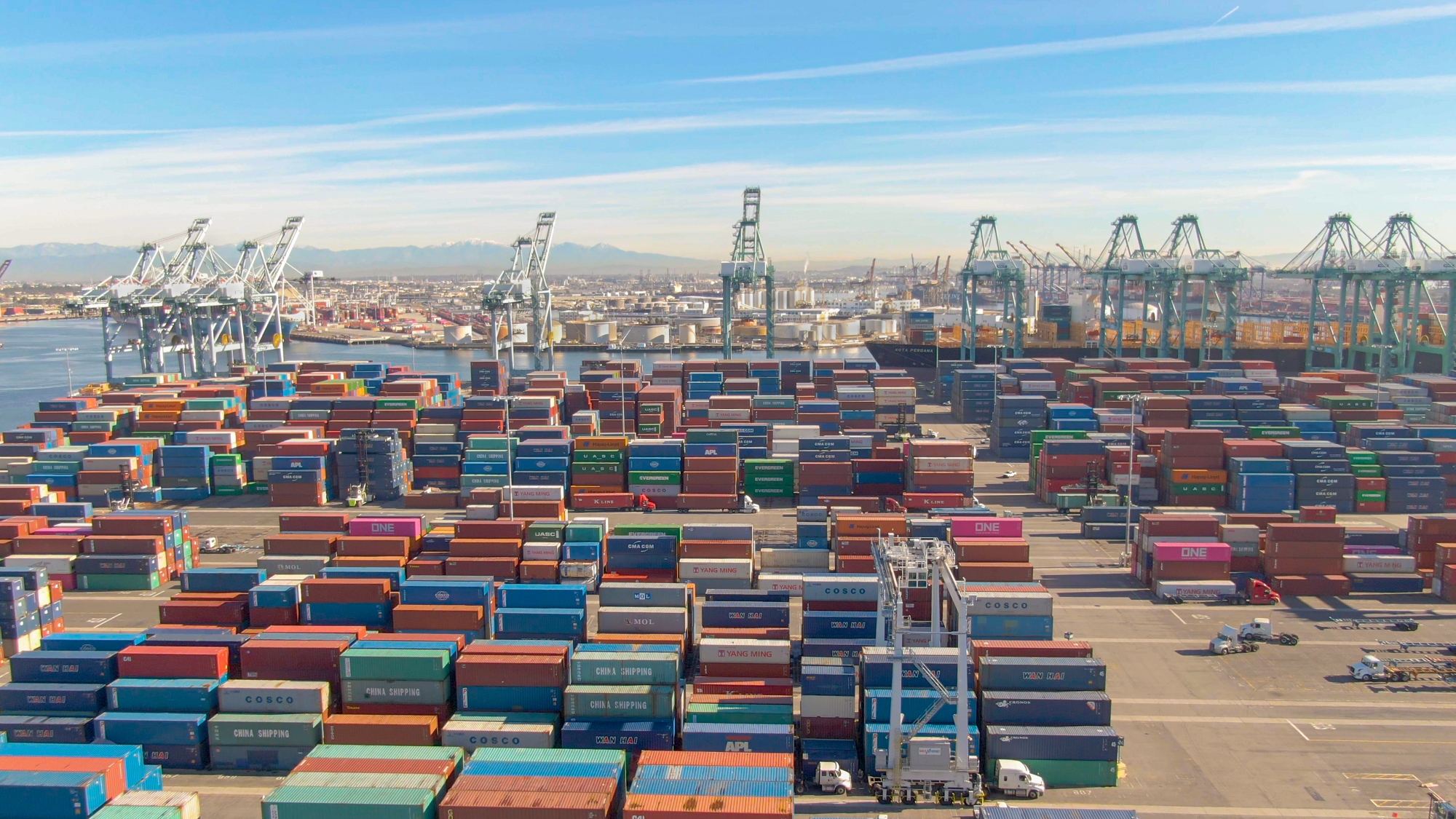Executive Summary: A Managerial Framework for Reducing the Impact of Disruptions to the Supply Chain
Executive Summary
Low-cost sourcing has now become a staple of competitive strategy in many retail and manufacturing sectors. As organizations source a greater proportion of manufactured products from China, India, and other low-cost countries the hidden perils of these approaches are often not considered, especially within the context of enterprise risk management (ERM). Global sourcing affords many benefits in the form of lower price and expanded market access. Only recently have senior executives begun to recognize the increased risk attributed to the higher probability of product and service flow disruptions in global sourcing networks. A major disruption in the offshore supply chain can “shut down” a company, and have dire consequences on profitability. This was felt most drastically in the last few years, when such events as 9/11, the war in Iraq, the West Cost port workers strike, and increased regulatory and customs delays have brought supply chain operations to a standstill. Other less serious events that can also impact customer service include natural disasters, fire and theft, poor communication of customer requirements, part shortages, poor and quality problems. These disruptions can be costly and have in many cases brought distribution and production to a screeching halt. Supply chain disruptions have been found to negatively impact shareholder value by as much as 8-10%, and is amplified in “time-sensitive” environments where early market introduction is critical to success.
Based on a set of interviews with key executives in multiple industries, we discovered several key themes associated with supply chain disruptions. First, companies should develop supply chain strategies that explicitly consider two parameters that “amplify” the negative impact of disruptions on customer and brand performance: 1) globalization and 2) product/process complexity. Second, companies should craft strategies with countermeasures that mitigate the impact of these effects, namely: 1) improved visibility to key supply chain nodes that can quickly detect disruptions, 2) well-positioned resources that enable quick short-term recovery plans, and 3) long-term collaborative approaches to eliminate disruptions in the future. Our research also suggests that there is a relationship between companies that experience amplifiers and the strategies they use. Specifically, companies with a high exposure to global supply chain risk invest more in improved inventory and capacity visibility systems. Companies with complex products and processes are more likely to add incremental inventory and manpower to buffer the impact of disruptions. And finally, organizations exposed to both types of risk also invest in longer term solutions such as training and collaborative tools to establish resilient supply chains that are agile and able to respond to disruptions. While no company can eliminate the probability of a major supply chain disruption, those that take the appropriate measures ahead of time will be better positioned to manage these potentially devastating incidents when they occur.
- Categories:


